THE BEST PORCELAIN COUNTERTOPS: STYLE AND FUNCTIONALITY IN YOUR KITCHEN
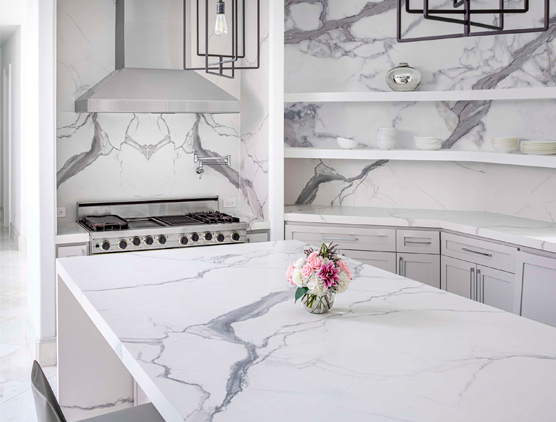
Porcelain countertops have gained popularity in recent years due to their unique combination of style, durability, and ease of maintenance. These countertops are made of high-quality porcelain and offer a wide range of advantages compared to other traditional materials, such as granite or marble. In this article, we'll explore the best porcelain countertops available on the market, highlighting their standout features and benefits so you can make an informed decision when renovating your kitchen.
Neolith porcelain countertop:
Neolith porcelain countertop is known for its resistance to stains, scratches, and high temperatures. Plus, it's available in a wide variety of colors and finishes, making it a versatile option for any kitchen style. Its ultra-compact surface and low water absorption coefficient make it easy to clean and highly hygienic.
Dekton porcelain countertop:
Dekton is another leading porcelain countertop brand. Its countertops are recognized for their high resistance to heat, UV rays, and stains. Dekton's manufacturing technology allows for the creation of ultra-thin countertops with seamless edges, providing a sleek, modern look. Plus, its non-porous surface makes cleanup quick and easy.
Laminam porcelain countertop:
Laminam is an Italian brand that stands out for its large porcelain countertops. These countertops are ideal for those looking for a minimalist design, as their dull finish and thin thickness give them a contemporary look. Laminam's surface is highly resistant to chemicals and scratches, making it a durable choice for everyday use.
Lapitec porcelain countertop:
Lapitec is a company specializing in porcelain countertops made with high-quality materials. Its countertops stand out for their resistance to heat, stains, and direct sunlight. In addition, its wide range of colors and textures offers versatile options to adapt to any kitchen design. Lapitec's non-porous surface prevents the proliferation of bacteria and makes cleaning easy.
When choosing a porcelain countertop, it's important to consider your aesthetic needs and preferences. Neolith, Dekton, Laminam, and Lapitec porcelain countertops are just some of the best options available on the market, each with its standout features. Whether you're looking for durability, stain resistance, or modern design, porcelain countertops offer a unique combination of style and functionality to enhance your kitchen.
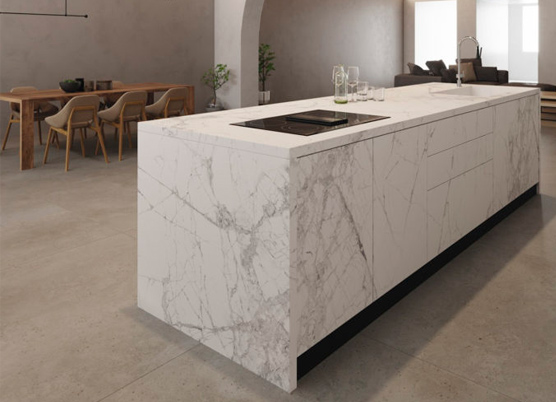
The importance of having adequate equipment to cut dekton and porcelain
Why do products such as Dekton need special/different tools than those that are used for cutting granite and marble?
Material hardness is the key to understanding why you need different tools to fabricate Dekton. The material has a
The cutting process requires trimming the edges to release tensions. Then you have to follow cutting recommendations, which include using plenty of water, the proper speed, feed rate, etc. Once you follow the rules, it’s a piece of cake.


In this sense, Dekton’s edge is very easy to work with since the material is very homogeneous, and it is easy to get very good results. Any fabricator can do it well on the first attempt.
What are some common mistakes that fabricators are making when it comes to cutting this material? And, what are some common mistakes with doing edging or doing sinkholes or something?
The main mistake is trying to fabricate Dekton as if it was a granite or quartz composite. You will fail if you use the same tools, speed rates, and so on. Another common mistake is trying to cut Dekton in uneven support. It is a common source of problems too.
Sometimes people ask about what machine is best to cut Dekton. I believe the key is not the machine but the tools and proper maintenance. I have seen people with very modest equipment doing amazing things and the other way around.
7 Keys for Cutting Ultra-Compact and Sintered Dekton and Porcelain Materials







It may seem too simple or too intuitive to matter, but less than adequate water AND hoses positioned incorrectly is the most common error causing headaches among cutting these materials.
One of the more overlooked aspects of successful cutting is, to the degree that your table is not level in the horizontal plane, vibrations will occur. This unevenness can result in chipping and likely breaking the edge of your slab.
As cliche, as it may sound, choosing the right blade for the material you are processing, is critical.
While each manufacturer of ultra-compact and sintered porcelain materials may, or may not have tensioning strips built into the perimeters of each slab, if they are not removed before cutting, the slab is at higher risk of cracking or breaking.
Using the same feed rate and RPMs you may be accustomed to when cutting other materials can be a recipe for trouble. Unlike fabricating more common materials such as marble and granite, we’ve seen the most success cutting ultra-compact and sintered porcelain materials when following a systemized approach is used.
While plunge cutting tends to be of little concern for most sawyers when cutting ultra-compact and sintered porcelain materials it can pose big problems resulting in cracking or breaking your slab.
Projects requiring a sink cut-out can be an obstacle many fabricators dread. Since we already know plunging is not the ideal way to go about this, what are your options? When preparing a sink cut-out, it is advised to drill each of the four corners with a 1/2” core bit before to start initiating cutting.
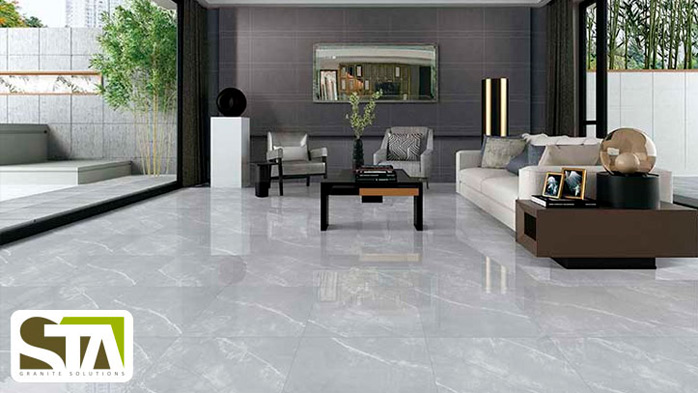
PORCELAIN FOR YOUR HOME, TILES
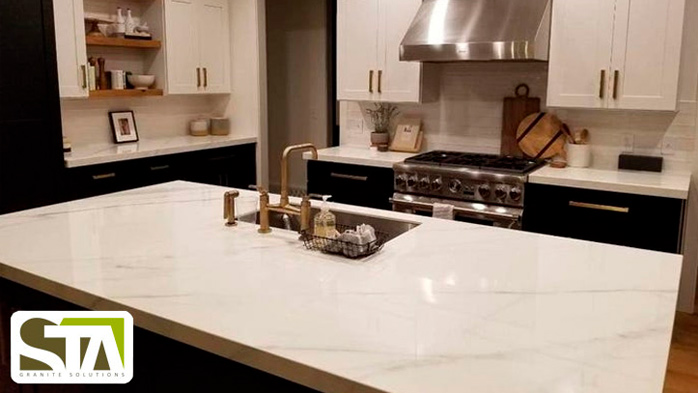
PORCELAIN FOR YOUR HOME, COUNTERTOPS FOR YOUR KITCHEN
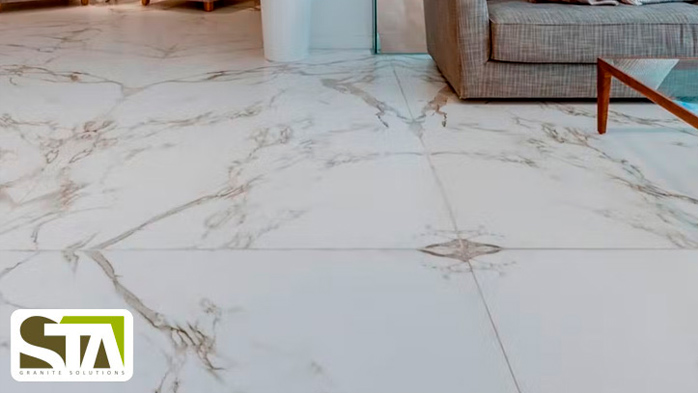
DEKTON FOR YOUR HOME, FLOORS, AND PAVEMENTS
- 1
- 2
- 3
- 4
- 5
- 6
- 7
- 8
- 9
- 10
- 11
- 12
- 13
- 14
- 15
- 16
- 17
- 18
- 19
- 20
- 21
- 22
- 23
- 24
- 25
- 26
- 27
- 28
- 29
- 30
- 31
- 32
- 33
- 34

